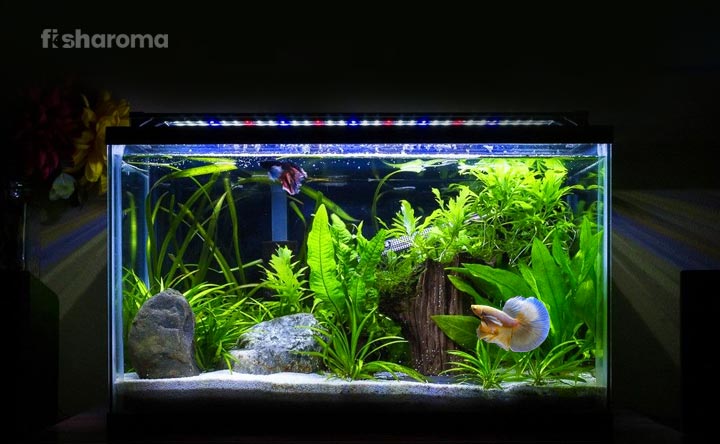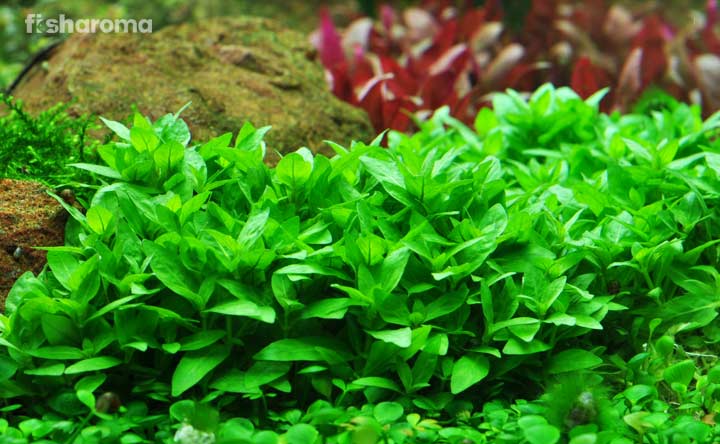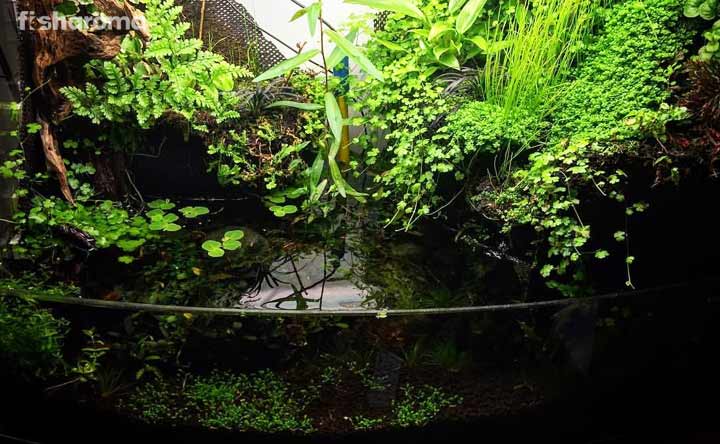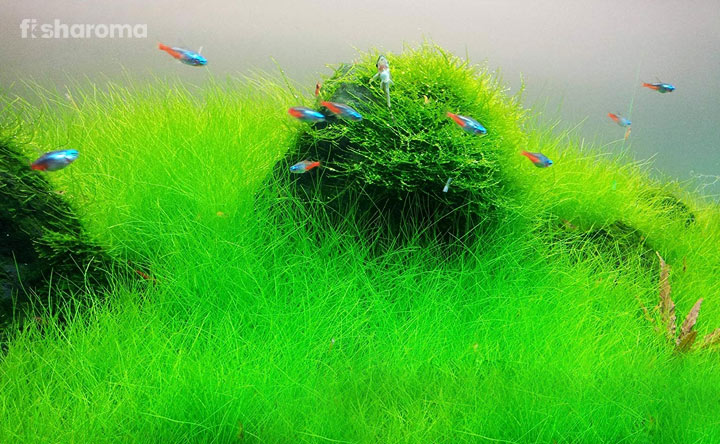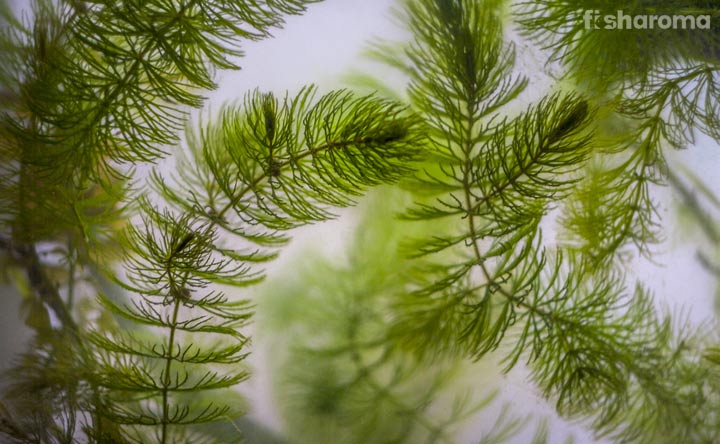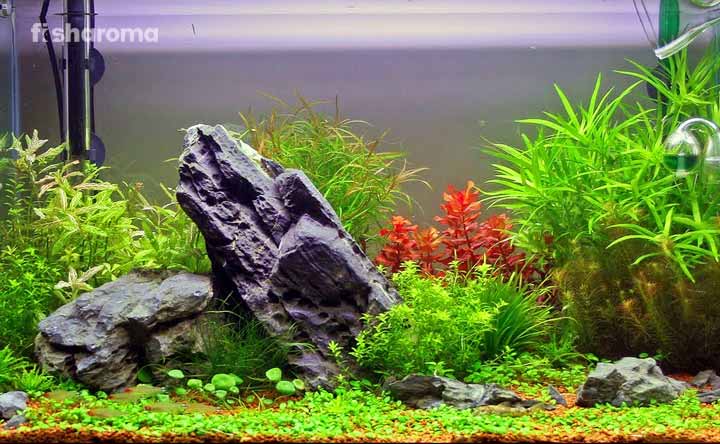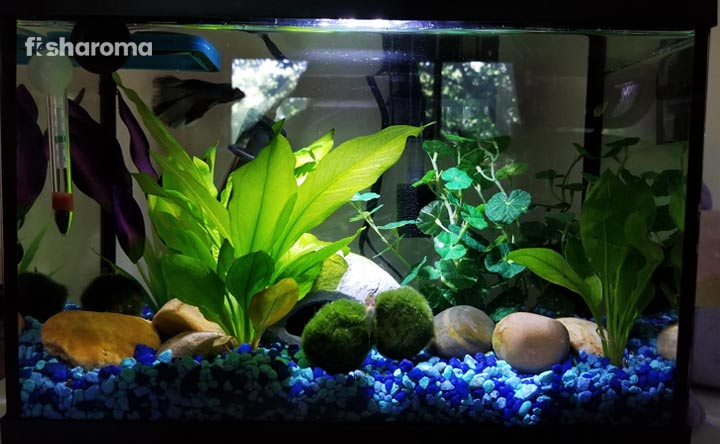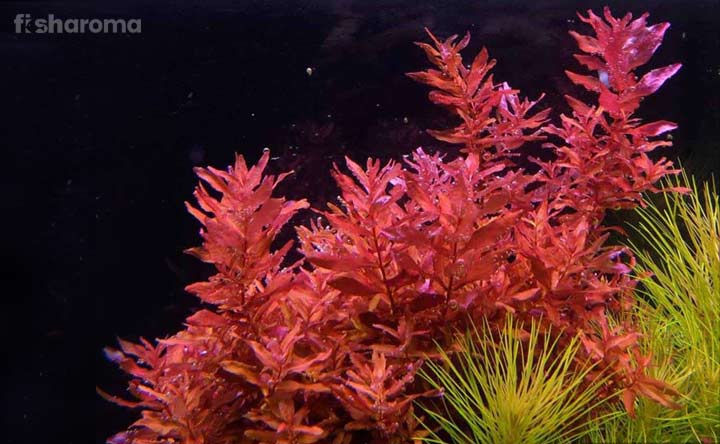Water Lettuce – The Aquatic Tank Plant And Its Care Guide
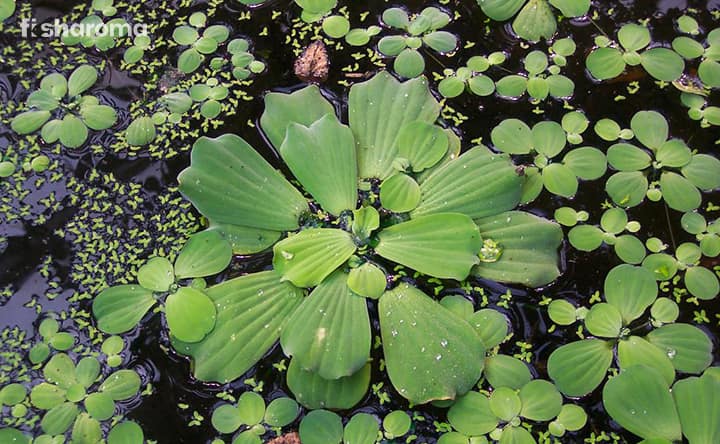
- Origin and Habitat Of Water Lettuce
- Appearance Of Water Lettuce
- Types Of Water Lettuce
- Advantages and Disadvantages Of Water Lettuce
- Growing Conditions Of Water Lettuce
- Care And Maintenance Of Water Lettuce
- Propagation Of Water Lettuce
- Compatibility Of Water Lettuce
- Diseases Of Water Lettuce
- Summary
Water Lettuce is a pond-based plant that is often kept inside an aquarium for its beauty. This is a floating one by nature and when it is nurtured domestically it can offer shelter to many fishes and other tank creatures. As far as its purchasing, shipping, and fostering are concerned, Water Lettuce is a restricted species and it has some tight legal guidelines.
In several states of America, this plant can easily be used for the beautification of your aquarium or outdoor pond, but in some other countries, this plant is restricted, because of its invasive nature. We will discuss it in detail, along with its care guide which is more important when you are pondering about getting one.
Key Specifications Of Water Lettuce
This chart will give you a hint of all details regarding the Water Lettuce. Take a fast look now!
| Also Known As | Water Lettuce, Water Bonnet, Water Cabbage, Pond Lettuce, Nile Cabbage, River Lettuce, and Shell Flower |
| Origin | Africa/ South America |
| Size | 4-6 inches |
| Colour | Green and sometimes white or grayish green |
| Growth Rate | Rapid |
| Water Type | Freshwater |
| Propagation | Sexual and asexual propagation |
| Maintenance Requirement | Moderate |
| Lighting | Medium to high |
| Placement Condition | Floating |
Overview
In botany, scientists know this species by the name of Pistia stratiotes. It is the only species that belongs to the genus of Pistia which is also a single section of the tribe named Pistieae. It is a fast-growing plant that stays floated in the waterbody. The plant doesn’t need much hands-on care, but vigilance is important due to its rapid growth. Overall it is a hardy species that many plant enthusiasts often choose for their tank.
It is basically a freshwater plant that is not too long, but it can adjust inside an aquarium, with some timely trimming and grooming. Like any other plant, it is mostly green with some variable shades of the same observed. Due to its floating nature, the plant doesn’t need any soil or base to grow or thrive.
Origin And Habitat Of Water Lettuce
The origin of the species is still under confusion but it is believed to be either from Africa or South America. Researchers have found that in some countries like Argentina and Brazil there are some closely related species of the plants.
Water Lettuce is commonly found floating in the river or in the pond, so it is a freshwater product. It can expand to be around 4 meters of waterbody at a stretch.
Appearance Of Water Lettuce
Shape, Size, And Colour
The Water Lettuce could be greyish green to light green, with some uneven wolly rosettes on the leaves. This is similar to a lettuce head and that is why the plant is named after it. In the inside the foliage of the Lettuce, there might be some flowers in white or green shades. The ridged leaves are mostly pale green in shade, showcasing veins and with no specific stems and stalks. The average size is around 6 inches but its root structure can be lengthy as 20 inches.
Types Of Water Lettuce
The perennial plant has three types, out of which the first two are quiet common.
Ruffle, Jurassic, and Splash water lettuce. While the Ruffle Lettuce justifies its name with its feathery leaves, the Jurassic Water Lettuce has a slow growth but can be around 12 inches in size. The Splash Water Lettuce is not a common one and it is characterized by its multicolored leaves. The Ruffle Water Lettuce is ideal one for the tank because its size is comparatively smaller than the rest.
Advantages and Disadvantages Of Water Lettuce
The Water Lettuce, despite being an invasive one, helps the environment in many ways. We have listed down some of them.
Advantages
Filtering Out The Unwanted Ingredients Of Water
The Water Lettuce, being a plant itself, works as a natural filter. This helps maintain the nitrogen cycle of water by eradicating the nitrite, nitrate, and ammonia. Not only this, if there is any food leftover of the fishes in the aquarium, the Water Lettuce slowly and gradually removes them by consumption.
Preventing Algae Growth
As we know direct sunlight can propel algae growth to any freshwater channels. Water Lettuce being so scattered and expand by its nature, offers shades to the water surface and as a result algae can’t form there in any way. So, in a way it saves any waterbody from detrimental algae.
Working As A Hiding Spot For Aquatic Creatures
The Water Lettuce is a favourite hiding spot to repose for fishes and other crustaceans. Some use it as their safe hideouts, while some prefer the private shade to be used for breeding or keeping the offspring safe. Some fishes choose such places for keeping food collected and hiding from large predators.
Acting As A Decorative Plant
The beautiful Water Lettuce is often used as an ornamental plant for the tank. Even people owning ponds, often use them for the same purpose. So, apart from the environment-friendly benefits, it has a major aesthetic contribution and that is undeniable in the fishkeeping world.
Disadvantages
Rapid Growth
The fast propagation of the Lettuce can make it overtake any aquarium within a few days. The tendency to grow randomly often blocks the water to get proper oxygen.
Difficult To Maintain
This plant due to its fast growth often goes out of hand when it comes to controlling the plant. It can quickly claim the surrounding regions.
Toxicity
The plant is toxic for any land animals and humans so, directly dealing with this without much knowledge about the toxicity is not recommended. One needs to be careful before handling such aquatic plants.
Growing Conditions Of Water Lettuce
The tank size and the substrate doesn’t matter because this plant is a floating one. The tank size and the Water Lettuce should be proportionate to each other otherwise the plant can overwhelm the tank.
Temperature
The plant needs warm weather to grow and subsequently thrive and for that, you need to provide a range of 22.2-26.6 Degrees Celsius. Although the plant can do when the temperature is around 15 Degrees Celsius still it is best to provide the optimum range of temperature.
Humidity
The Water Lettuce requires moderate humidity as well as high humid weather. This is because the leaves of the plants need to be moist all the time, and dry weather will not let that happen.
Hardiness
The USDA Zones for Water Lettuce is 9-11.
Lights
A gradual transition from partial sunlight to full heat is the best way to make the plant acclimatize with the light exposure that it needs. We suggest keeping it under partial lighting initially, and gradually make expose it to full light.
For any plant, Sun is an important factor and this is no exception because without proper lighting Water Lettuce can have deep green leaves while too much light can destroy the greenish look and make it become yellow. Although insufficient nutrients can also cause the yellowness of the leaves at times.
pH Level
Water Lettuce requires water that is mostly neutral or moderately alkaline. To keep up with this demand, you must ensure the water pH level is within 6.5-7.
Care And Maintenance Of Water Lettuce
Trimming And Pruning
The rapid growth of this herbaceous perennial calls for frequent trimming of the leaves so that it doesn’t cover all the place. Especially when this is kept inside or even an outdoor pool. You can weekly trim down the leaves to keep it under control.
Propagation Of Water Lettuce
In the wild, the plant propagates in two ways, sexually and asexually. Although the former way is rare and mostly asexual reproduction is observed. The sexual propagation happens through flower, that is not easily spotted. However, it involves fertilization.
The mother Water Lettuce and daughter Water Lettuce, that has a common stolon should be cut and they can propagate themselves.
Compatibility Of Water Lettuce
Although the plant can do well with all fishes, some exclusive ones, who are herbivores shouldn’t ever be kept inside a tank where you plan to install the Water Lettuce. Also, inquisitive fishes may bite the leaves like any types of Goldfishes.
Diseases Of Water Lettuce
Water Lettuce is usually a sturdy species of plant that is not usually affected by diseases. The lack of proper nutrition often results in yellow leaves. Even if you want to fertilize the plant, liquid fertilizer can be used.
Summary
The Water Lettuce is a beautiful-looking plant. You can always give that a chance to be in your tank, given you are ready to look after it. This plant adds beauty to your interior without doubt. The white flower, although not very prominent should engage you and your visitors. Taking care is easy, and all you have to do is to watch its growth.
Other Similar Care Guides
To know more about other aquatic plants then click our below articles and we are sure you are likely to get them all.
- Dwarf Sagittaria – This plant is a green-leafed perennial one, that is native or North and South America. It can grow to be maximum of 6 inches in size most of the time.
- Guppy Grass – The incessant growth of the plant is similar to Water Lettuce. It originated in North America.
- Best Plants for a Betta Fish Tank – This article concentrates on some of the suitable plants that you keep inside a tank that houses Betta fishes. You will also get to learn why such plants are important and how can you treat them well at the same time with the fish.

